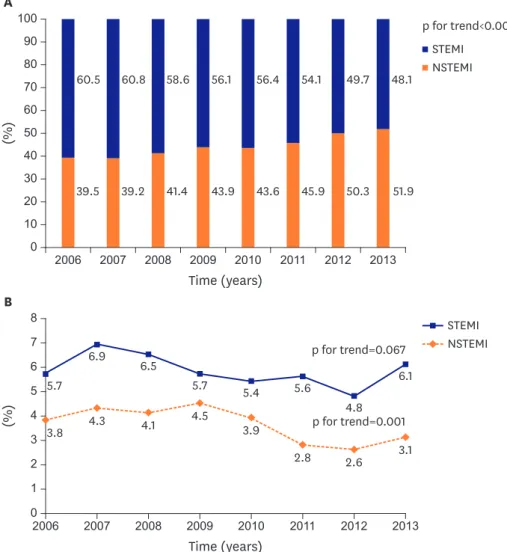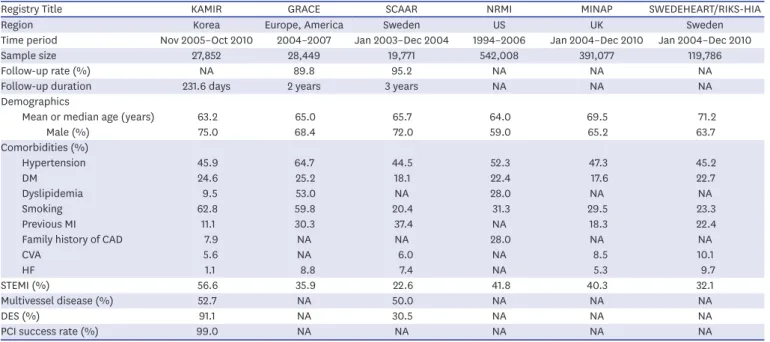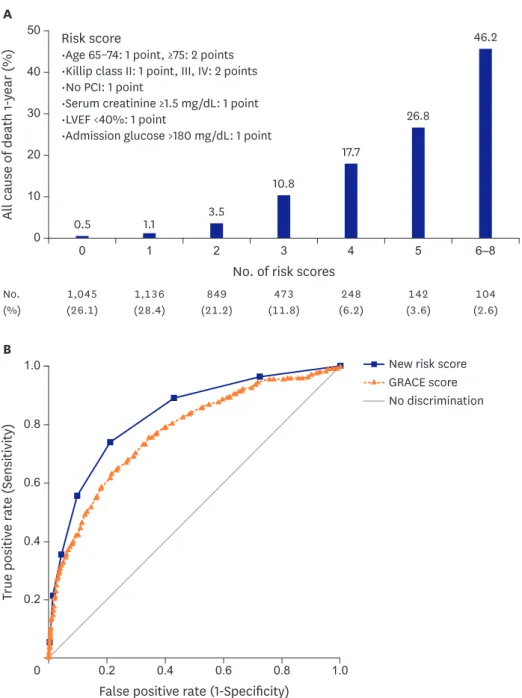Differences in the Korea Acute Myocardial Infarction Registry Compared with Western Registries
전체 글
수치



관련 문서
Whet the door is opened the stopper rests again shelf and fixes the
• Small lot sizes in both the production process and deliveries from suppliers field a number of benefits that enable JIT systems to operate effectively.. • With small
In this group of high-risk patients with severe COVID-19 pneumonia, treatment with lenzilumab was associated with a significantly shorter time to clinical improvement compared
In addition to the problem of this bias, the problem caused by using the time variable with a weighted wage rate may be a multicollinearity between time value (=time x
Also, peak to end time of T-wave, T-wave width/depth in patients with apical hypertrophic cardiomyopathy is more longer and greater than in those with stress-induced cardiomyopathy
Second, the analysis of the differences in sports participation time showed statistically significant differences in the operation of the competition and
• Markov property for reinforcement learning problem: When considered how a general environment might respond at time t +1 to the action at time t, in most general and
X-test was conducted to determine if there would be significant differences in students' addiction to Internet according to gender, academic department, the